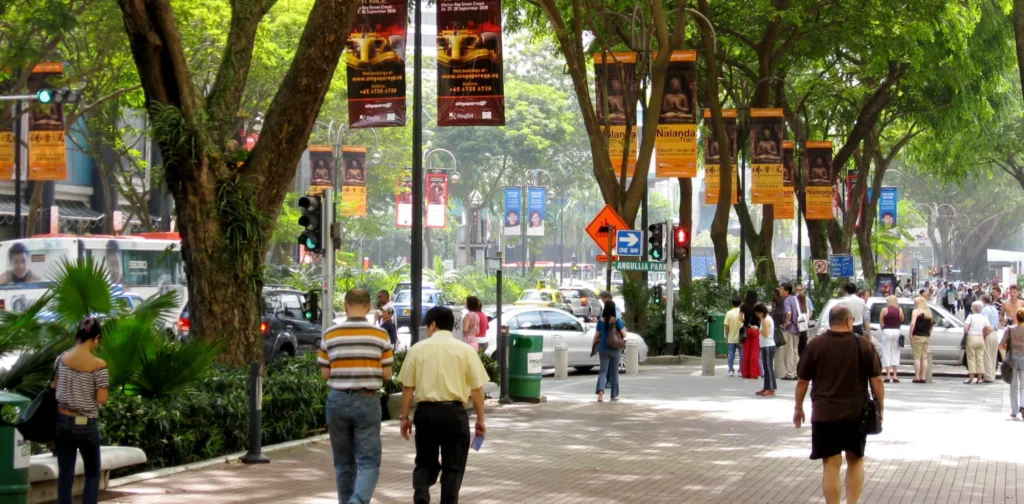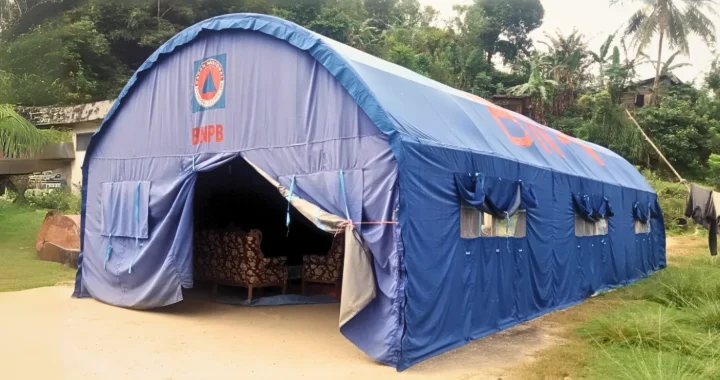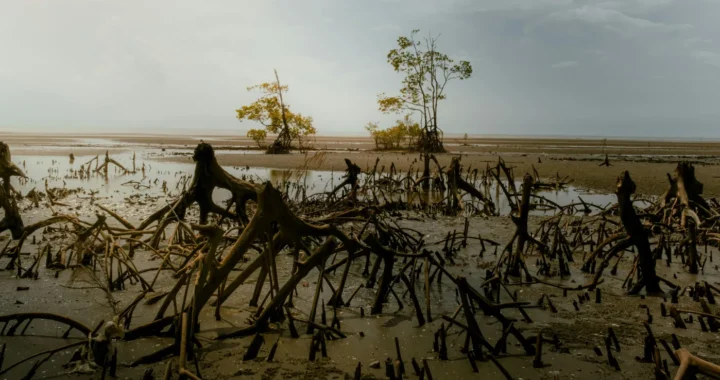How Climate Resilience Can Support Public Health in Southeast Asia

Photo by Glen Bowman on Flickr
Southeast Asia is on the frontlines of the climate crisis. The region regularly faces typhoons, floods, droughts, heatwaves, and other extreme conditions. These climate impacts grow more intense and frequent as the climate crisis worsens, leading to serious public health risks. Therefore, climate resilience is vital to safeguard public health and ensure the protection of not only the environment but also the people within it.
Climate Change in Southeast Asia
Climate change causes extreme weather events that carry with them various health risks. For instance, during the 2024 Southeast Asia Heatwave that saw record high temperatures up to 42°C, warmer conditions led to a rise in dengue fever in Indonesia of more than 62,000 infections. Malaysia and Myanmar also reported high heat-related injuries following droughts and extreme weather.
Furthermore, flood events across Asia have doubled in the last three decades, highlighting a worrying pattern, particularly for Southeast Asia. The region is already prone to water-related disasters and is encountering an additional challenge of increasingly heavy rainfall. Data from the ASEAN Risk Monitor and Disaster Management Review (ARMOR) 2020 shows that floods are the most frequent disaster in Southeast Asia, placing 13% of the population at risk and threatening USD 926 billion worth of assets.
Combined with infrastructure that is unable to adapt to these changes, the result is a consistent rise in floods impacting both urban and rural communities. In September 2024, Typhoon Yagi hit the region and caused severe flooding in Viet Nam, Myanmar, Laos, and Thailand, which damaged essential infrastructure and cut off access to education, healthcare, and clean water for over 6 million children.
Climate Resilience to Support Public Health
One key solution to help protect communities from climate-related health challenges is building climate resilience by improving infrastructure and preparing strong management and response plans. Climate resilience means having the infrastructure, health systems, and community capacity to face the impacts of climate change. It must include the ability to anticipate, respond to, and recover from climate-related events.
For example, Cambodia has developed the National Strategic Plan for Climate Change Adaptation and Disaster Risk Reduction in the Health Sector 2019–2023. The plan outlines key steps to build a climate-resilient health system, including ensuring that health facilities have access to clean water, are protected from flooding, and are equipped with early warning systems. These systems help detect climate-sensitive disease risks ahead of time, allowing health workers to respond quickly and prevent wider outbreaks.
Meanwhile, to tackle heatwaves, the Bangkok Metropolitan Administration in Thailand is taking steps to protect public health and create climate resilience. These include setting up cooling centers where people can stay safe during extreme heat, expanding green corridors to cool down city areas, and launching heat alert systems to warn residents in advance.
Singapore is using nature-based solutions to fight heat waves by making the city greener. Under its vision of becoming a “City in Nature,” Singapore is adding more urban parks and green spaces to cool its urban environment. In addition, Skyrise Greenery projects, like green walls and rooftop gardens, help lower the temperature in the city and reduce stormwater runoff when it rains.
Collaboration for Equitable Climate Resilience
Becoming climate resilient is no longer optional—it is essential for survival. Millions of lives are at stake amidst the growing impacts of climate change in Southeast Asia. Governments, communities, and individuals must come together to strengthen resilience in response to the climate crisis and ensure that health remains at the heart of climate action.
Southeast Asian countries are interconnected by nature. What happens in one country often affects its neighbors. For instance, the transboundary haze caused by wildfires can be dense enough to spread across borders and worsen air pollution in the Indonesia–Malaysia region. As shared challenges require shared solutions, regional collaborations among governments of Southeast Asian countries are essential.
Vulnerable communities across the region need equitable access to safety and healthcare. Therefore, early warning systems, green areas, and climate resilient infrastructure and healthcare services must reach not only urban areas but also remote villages, ensuring that no one is left behind to create a climate-resilient and healthy environment for all.
Editor: Nazalea Kusuma & Kresentia Madina

Subscribe to Green Network Asia
Strengthen your personal and professional development with cross-sectoral insights on sustainability-related issues and sustainable development across the Asia Pacific and beyond.
Dinda Rahmania
Dinda is a Reporter at Green Network Asia. She is currently studying undergraduate program of International Relations at President University.


 Nickel Mining in Raja Ampat and the Widespread Cost of Natural Resource Exploitation
Nickel Mining in Raja Ampat and the Widespread Cost of Natural Resource Exploitation  Lumbung Sosial: Challenges and Opportunities of Indonesia’s Social Barn Program
Lumbung Sosial: Challenges and Opportunities of Indonesia’s Social Barn Program  A Worrying State of Insect Decline
A Worrying State of Insect Decline  GEF Approves Funding for Biodiversity Conservation Projects in Indonesia
GEF Approves Funding for Biodiversity Conservation Projects in Indonesia  Mikoko Pamoja, A Blue Carbon Project for Climate Resilience
Mikoko Pamoja, A Blue Carbon Project for Climate Resilience  Australia Released a Sustainable Finance Taxonomy to Support Net-zero Transition
Australia Released a Sustainable Finance Taxonomy to Support Net-zero Transition